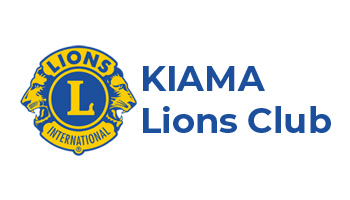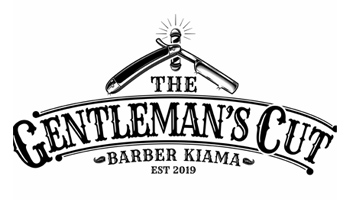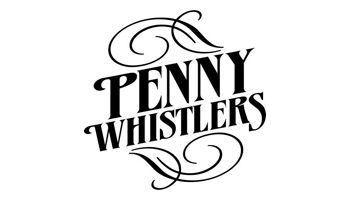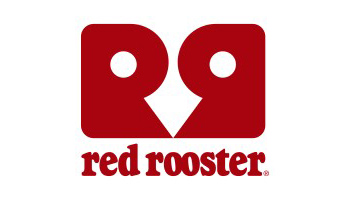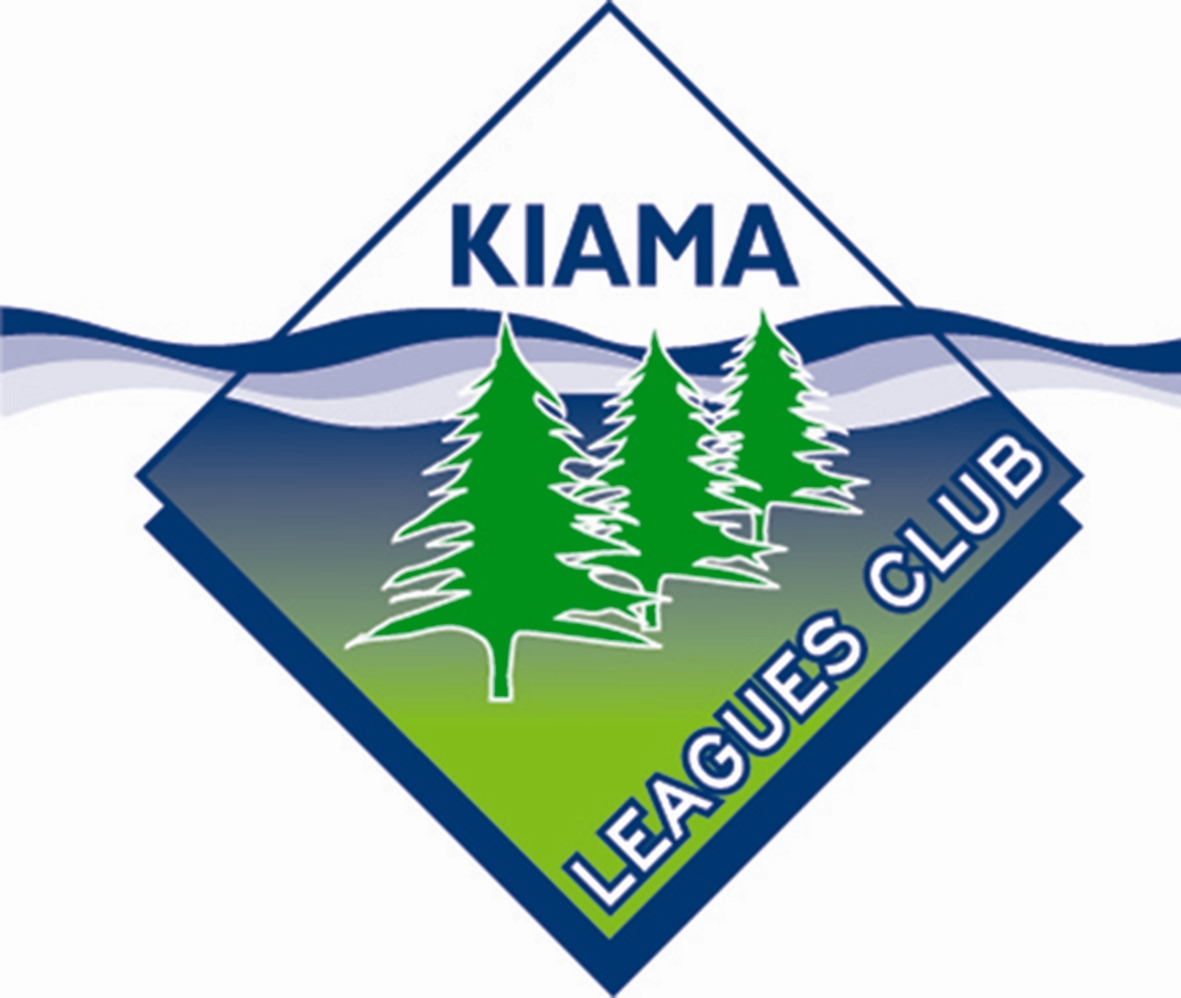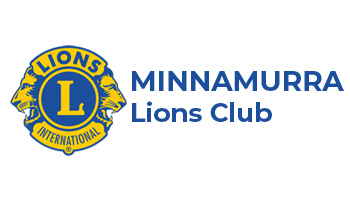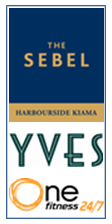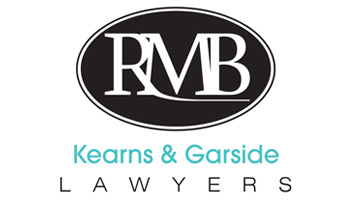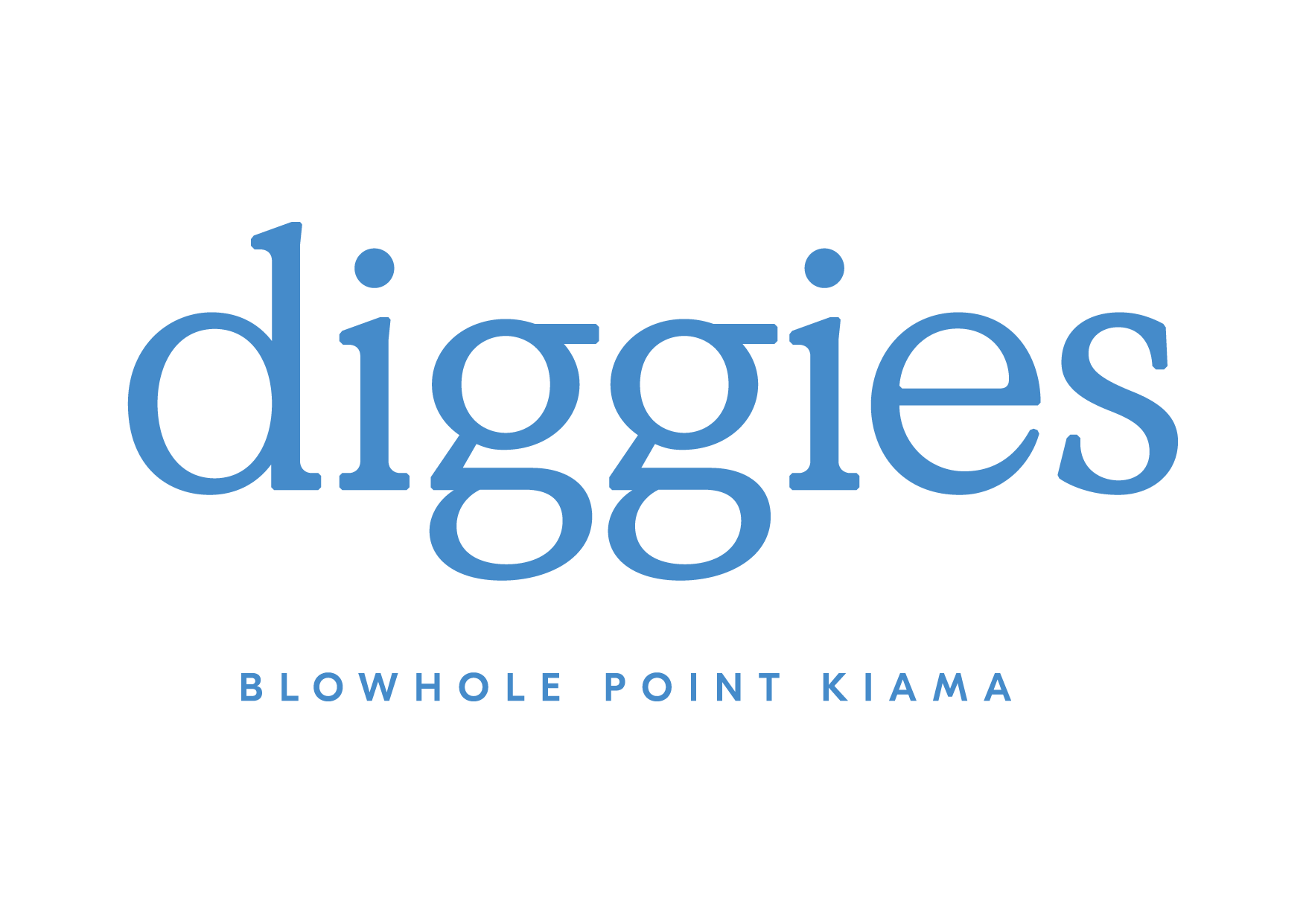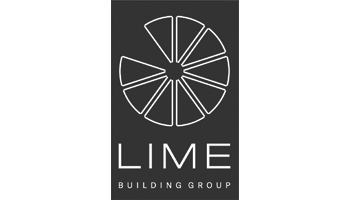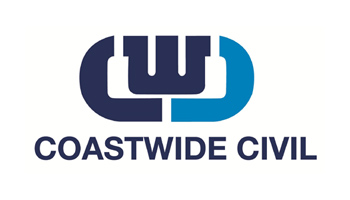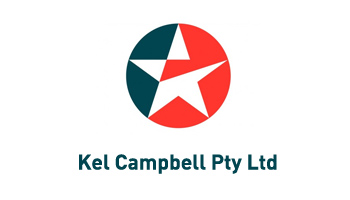Kiama Surf Bathers Club came to life on March 14th, 1908, primarily to meet the needs of the growing recreation of beach swimming.

In keeping with the conservative style of the day, neck to knee costumes were compulsory attire at all times. These costumes were made of wool and because of this caused nearly as many downing as the surf because once wet their weight was significantly increased. It was not long after this that a small company brought out a cotton blend bathing outfit that was much lighter and safer. That company was Speedo.
Prior to this, bathing as it was then called, at Stormy Beach, (now Surf Beach) was considered scandalous, the men and women being forbidden to bathe together. Special times were designated when each group could ‘swim’, but not between the hours of 6:00am and 8:00pm. In 1895 John Holbrook was summoned under the Towns Police Act for daring to swim between the prohibited hours and duly fined ten shillings for this criminal act.
Council proposed the lifting of the curfew in 1905, but Alderman Hindmarsh, disgusted at the proposal proclaimed ‘surf bathing was only a craze’. However this new craze didn’t have a smooth early life because in 1910 when some members were seen to be leap-frogging on the beach, council moved a motion to “discontinue surf bathing”. Fortunately this ruling was overturned, and the Surf Bathing Club Committee in July 1911 proposed the building of two sheds on Storm Bay Beach from their own funds (£40) and a £50 grant.
Prior to 1912 the Club was struggling, but with the election of Officers headed by the President, W Orr, and the Captain, H Wheeler, the club now had a membership of 45 gentlemen and 11 ladies. The Club affiliated with the Surf Bathers Association and entered into training for proficiency, appointed Beach Instructors and membership soared to 80 gentlemen and 17 ladies.

May McAuly, Mrs Long, Nola Henderson, Dot Henderson, Molly Tuohy, Leo Wiggans, Harold Tuohy, Jack Cleary, Dan Cleary, Bill Chin and Frank McAuly

The War (WW1) years severely affected the Kiama Bathers Club and nothing is available to suggest much happened in the Club until they affiliated with the South Coast Surf Bathers Association and at a meeting in October 1921 the Kiama Club was allocated black and gold as Club Colours. 12th March, 1922 saw the first listing Instructor and Bronze Awards, with more awards in 1923, but no more listings until 1929.
A Treasurers statement from the General Meeting held on 12th December, 1929 mentioned £14’s given to Ray Walker and Frank Tuohy for the erection and painting of a 35 foot shark tower which originally came from the Fire Brigade. Each club member had to do half an hour lookout from the tower while on Sunday Patrol. Harold Tuohy commented at the time that the ‘Chaps’ managed many hours of diligent observation from the tower, until two chaps fell off, the girls then realized the ‘lads’ could observe the female dressing sheds, which had no roof, from the high tower.
Kiama Surf Club acquired their first Surf Boat in a most unusual way, however it was a short lived acquisition, In the shed at the Boat Harbour was a life boat designed to recue ‘Souls at Sea’, There was no active crew, nor had the boat been used for many years, so George Michie, a cheerful and adventurous soul decided Kiama Surf Club should provide a crew and have use of the antiquated but sound boat. George appointed himself Skipper and Sweepsman, with the crew being drawn from the most husky members of the Club and the maiden voyage was scheduled to go from the Boat Harbour around Shag Rock and finally into Surf Beach
It was planned to ride a wave right into the beach, just as the Sydney and Wollongong boys regularly did. The boat approached in a very professional manner with Skipper on the lookout for a large wave on which to complete the voyage, “It” arrived. With a few sharp stroked of the oars the boat caught the wave and rushed towards the beach.

with the old “picture” theatre in the background.

The enthusiastic crowd let out an encouraging roar. This was when things started to go bad for the crew. Ever so slightly the boat began to broach, and Michie, using all his strength and skill to correct the situation could only wonder at the outcome. The crowd was silent. The broach worsened, and as the Big One broke, the boat tolled out of control and performed a number of 360’s, all to the amazement of the crowd. The Skipper, crew and boat were ‘rescued’ by those on shore, none worse for wear, but perhaps with a few dampened egos.
It was decided that the Kiama lifeboat was not suitable for Surf Club activities and was quietly retired back to the Boat Shed. Kiama did eventually emerge as a force in Surf Boat and won the 1959/1960 State Championship, crewed by Dallas Tidmarsh, Trevor Best, Joe Haigh, Bill Buckley and Bruce Piggot.
In 1951/1952 John Bloomfield won the Branch, State and Australian Junior Belt Championship. John moved away from the sea area but continued with Surf Life Saving and was an Australian Representative to Hawaii, finally writing a book titled “Know How to Surf”.
The necessity for more modern accommodation and storage for the more expensive and sophisticated equipment saw the Building Committee apply for additional land around the existing building and expansion plans were passed in 1962 for a Surf Club House with work commencing on the 20th of May 1962. After thousands of voluntary hours of hard work, the clubhouse as it then stood was completed and officially opened my Mr Con Assmussan on 30th November, 1969. Additions consisting of bunk accommodation and a gymnasium were opened by Sir Adrian Curlewis in October 1979, in conjunction with the 50th Reunion for Contiguous Patrolling of Surf Beach.
The Junior Surf Club, or as their more commonly know ‘The Kingfishers’, commenced in 1958/1959 under the guidance of Dallas Tidmarsh and Rex Gelfius, and today The Kingfishers boasts a membership in excess of 240 eager young members and one of the largest in the South Coast Branch. Activities enjoyed by these Life Savers of the future include the traditional Swim, Board, Flag and Beach Sprint events as well as Surf Board riding and Body Boarding. The Kiama Junior Surf Club boasts many Branch, State, Country and National champions in its members.
With the influx of tourists swelling the population in the holidays each year, the necessity for a Jet Boat was debated and the first boat was commissioned in 1975. December 1981 saw the christening of the second state of the art craft, however boat and crew almost missed the formal occasion when it was called to duty to effect a rescue only hours before the ceremony. A letter received from Mr Hal Serow read:
“I write in profound appreciation and gratitude to Kiama Surf Life Saving Club and the coordinated rescue operation which gave me back my life. I had reconciled myself to having lost it in those seemingly icy waters of Kiama last Saturday afternoon, some ten minutes before the miracle of the rescue helicopter and boat arrived.
Words cannot express the feelings that I experienced just at that time. Disbelief, joy, love,
wonder, amazement and relief all flooded in. I can never thank you enough but as a token of my gratitude would you please accept the cheque for $300 enclosed towards whatever service you deem appropriate”
This type of sentiment makes all the effort worthwhile.
Another milestone, not only for Kiama but the entire Surf Life Saving Movement, was the acceptance of women as Award Members. Kiama accepted the introduction of women in 1980 and Kim Taber created history in 1984 by becoming the first female “Clubman of the Year”.
The next era of innovation was heralded in the form of I.R.B. (Inflatable Rescue Boats) or rubber ducks as they are more commonly referred to as, with Kiama’s first purchase in 1982. Jim Lymbery was one of the first to tackle this new innovation and the enthusiasm for training and competition. It became very obvious that this type of craft was indeed very necessary for present day Patrol and Rescue operations.
Unfortunately Jim’s sudden and untimely death didn’t allow him to carry through the task he had undertaken, but his memory and what he tried to achieve are still remembered by the Club. The Jim Lymbery memorial I.R.B. Carnival was initiated the following year and has proved to be a most outstanding event on the I.R.B. calendar.

First Female Clubperson of the Year.




